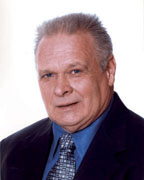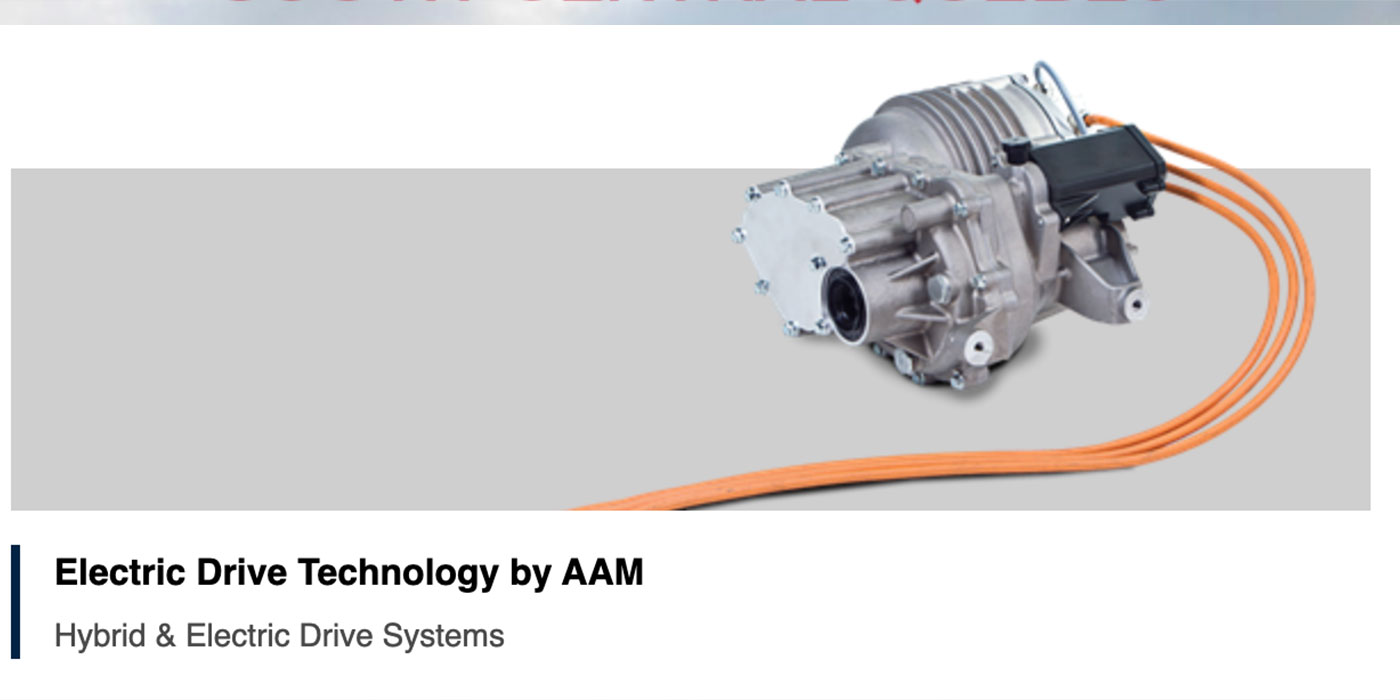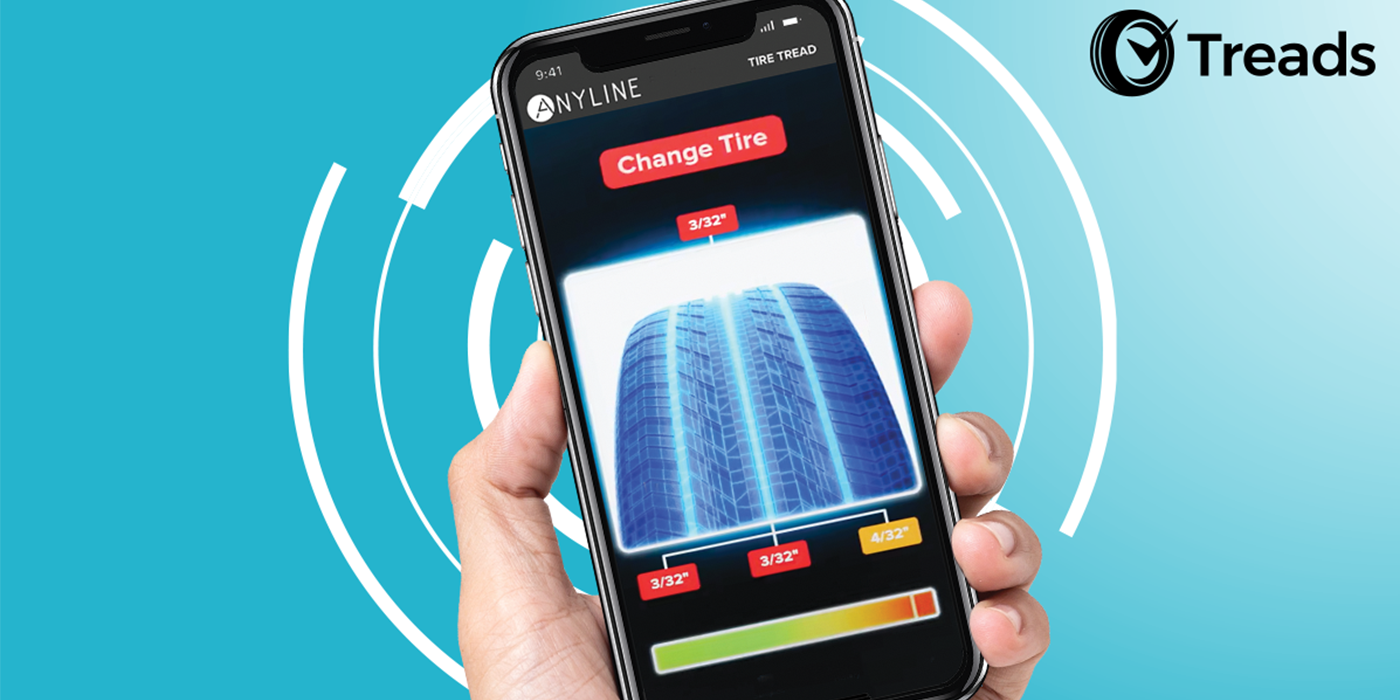 By Gary Goms
By Gary Goms
Looking back into automotive history, it’s easy to see that the electric starter of the 1920s paved the way for generators, batteries and electric lights, becoming a permanent part of modern automotive electrical systems. In a similar fashion today, multiplexed electrical systems have led to the use of multiple on-board computers to operate numerous electronic accessories like automatic transmissions, antilock brakes, air bags, comfort control and other equally important sub-systems.
Multiplexing addresses several drawbacks to adding multiple computers to a vehicle chassis. These drawbacks include maintaining “keep-alive” memories in computers, increasing the wiring size bundle between the computers and establishing a prioritized communications system that allows various computers to perform their functions without interference from other computers.
MULTIPLEXING ADVANTAGES
Multiplexing simplifies modern electrical systems because only three wires are used to operate multiple accessories. To illustrate, a body-control computer is connected to a door module by a bus communications wire, a power wire and an optional ground wire. If the power-window button is pushed to the down position, the button commands the body-control computer to command the door module to lower the window. The door module then supplies the power needed to activate the window regulator motor. The door module might be grounded through the chassis or through an optional ground wire connected to the battery.
Multiplexing greatly simplifies an equivalent conventional electrical system that uses multiple power and ground wires to connect numerous control switches to various accessories.
MANAGING MULTIPLE COMPUTERS
Keep-alive memories create a very small but continuous “parasitic” current draw on the vehicle’s battery. The keep-alive memory issue was initially addressed by adding higher capacity batteries to vehicles with multiple computers. But even more computers were added to the vehicle’s electrical configuration and the power demands of these computers became excessive.
The solution to the power management problem was to incorporate a “master computer” to control the functions of other on-board computers. Instead of leaving all computers continuously powered up, the master computer “times out” each computer according to its function and “puts it to sleep” when no longer needed. This prevents the diagnostic and management memories in the various computers from draining the battery when the vehicle is parked.
The master computer also decides which computer system takes priority over another. For example, the powertrain computer might take first priority since this system might supply all of the inputs, such as engine load, to the other computers. The next priority might be the computers that control safety related functions such as lighting, antilock braking and air bag computers. The least priorities might include sound or comfort systems.
Currently, some high-end European vehicles incorporate 70 or more on-board computers to manage such complex functions as vehicle stability control and collision avoidance. In any case, “mini” computers popularly referred to as “modules” are used to make routine decisions such as when a sliding passenger door should open or close, when power door locks should be activated or deactivated, or when electronic windshield wipers should automatically turn on or off.
REDUCING THE WIRING BUNDLE
Why all of the complexity to perform what was formerly a mechanically controlled task? The answer lies with all of the accessories that are included in the modern motor vehicle. With the advent of solid-state electronics in the 1960s, the physical size of electrical components like radios began to shrink dramatically. This meant that even more accessories, including on-board telephones, televisions, geo-positioning systems and many other features could be added to a modern vehicle chassis.
The technical hurdle of adding numerous accessories became the increasing size of the electric wiring bundles required to support the related hardware. In 1955, engineers accommodated popular accessories like radios and air conditioning by doubling system voltage from six volts to 12 volts. By doubling the voltage, the individual wire diameter and subsequent wiring bundle size could be cut in half. During the early 1990s, wiring bundle size had again increased to the point that engineers were proposing 24-volt and even 42-volt electrical systems to reduce wiring diameters.
But the real-world problem with small wire diameters is that they’re very fragile and susceptible to mechanical damage. Further, the higher the voltage the greater probability of the electrical current arcing from one terminal or wire to another. Worse still, systems using 60 or more volts can prove deadly to humans who touch the circuits. So, while the focus in the late 1990s was to increase system voltages, the proposed 24 or 42 volt systems eventually died on the rocky shores of real-world operating conditions.
BUS WIRE COMMUNICATIONS
Sharing information among computers is a prerequisite of modern automobile design. It didn’t take engineers long to determine that a speed input from an ABS wheel speed sensor could, for example, be shared by the other powertrain, air bag, anti-lock brake and other related computers. The problem of sharing information was addressed by routing an electrical signal through a single wire, a twisted pair of wires, a coaxial single wire, a coaxial pair of wires, or a fiber optic wire known as a “communications bus” or “bus wire.”
About a dozen different electrical signals or communications protocols are used, ranging from the very slow Universal Asynchronous Receive and Transmit (UART) systems of the 1980s to the very fast Controller Area Network (CAN) popularly introduced into the domestic market in 2004. Because the data load shared among on-board computers has become extremely high, all 2008 model-year vehicles will incorporate the CAN protocol.
As mentioned above, the assignment of these protocols in the networking system depends upon the importance of the communication. A comfort control system would obviously require a slower-speed communications priority than would an engine control, anti-lock brake or air bag system. When getting into the specifics of multiplexed electrical systems, keep in mind that the configurations of multiplexed systems vary widely among auto manufacturers and that each system has its unique requirements and design features.
MULTIPLEXING & THE AFTERMARKET
The issue in aftermarket parts distribution is that the manufacture of many conventional parts has become much more complex because many parts must contain some type of logic chip that enables them to communicate with the multiplexed electrical system. The act of replacing an OE radio with a non-compliant aftermarket radio can, for example, activate the vehicle’s anti-theft system because the anti-theft system no longer recognizes the aftermarket radio when the ignition is turned on. The vehicle might then be immobilized because the anti-theft system “believes” that the electrical system has been tampered with or that the OE radio has been stolen.
Multiplexed systems can be diagnosed only by using a professional level aftermarket scan tool or PC-based vehicle diagnostic system. In most cases, replacing a defective computer or module requires that the new module be programmed to the specific vehicle configuration. At present, non-emissions related chassis module programming can only be accomplished by using an OE scan tool or diagnostic system.
While multiplexing and reprogramming issues currently represent only a small percentage of overall workflow in an independent shop, the expense of addressing the multiplexing issues that do arise can amount to tens of thousands of dollars for the average shop. The diagnostic and reprogramming system for one high-end Euro model alone is expected to top $35,000, with lower-end manufacturers averaging about $8,000 for their newly introduced equipment.
Although multiplexing and program issues currently comprise only a small percentage of an independent shop’s work flow, the use of an OE system is becoming mandatory for an increasing number of formerly routine repairs. So it’s entirely possible for a shop to spend $50,000 or more equipping for just seven popular domestic and Asian manufacturers.
The impact of multiplexing on the independent market might require more specialization and even more sharing of equipment and expertise among shops to survive. How the aftermarket adapts, only time will tell. But we can surely count on multiplexing to proliferate throughout all vehicle lines and become a common issue in future aftermarket parts distribution and service.
Gary Goms owns and operates Midland Engine Electronics & Diagnostics in Buena Vista, CO.













